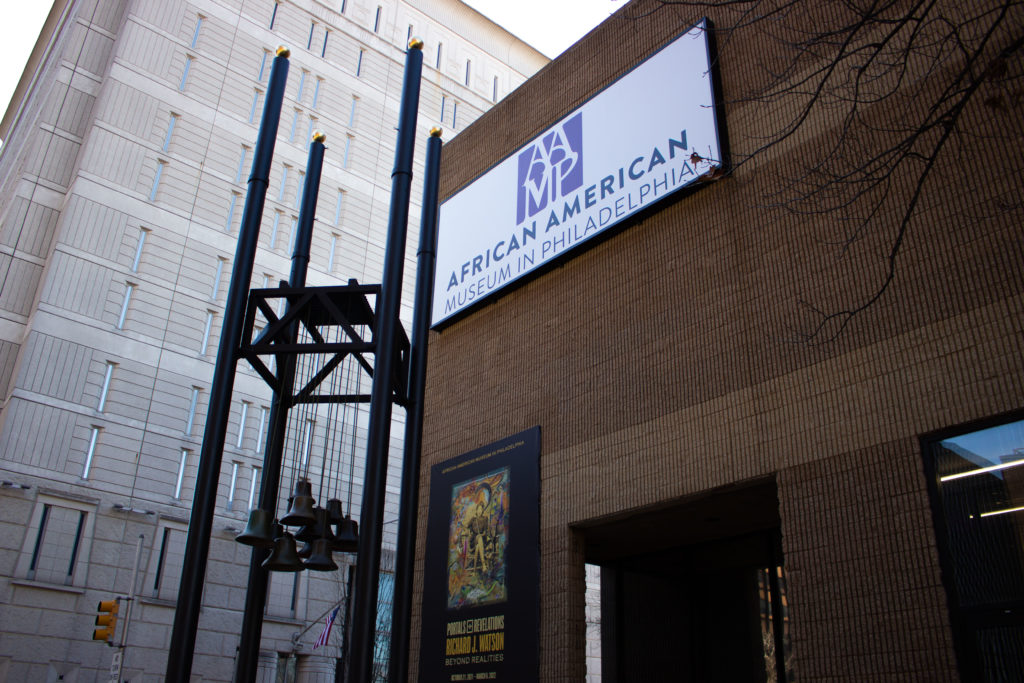
February is here and so is Black History Month! History is all around us. With every decision, every vote, every rally, every day seized, we’re making it. We’d like to highlight four Indego stations around the city that have special significance to Black history right here in Philadelphia.
1. 47th & Aspen
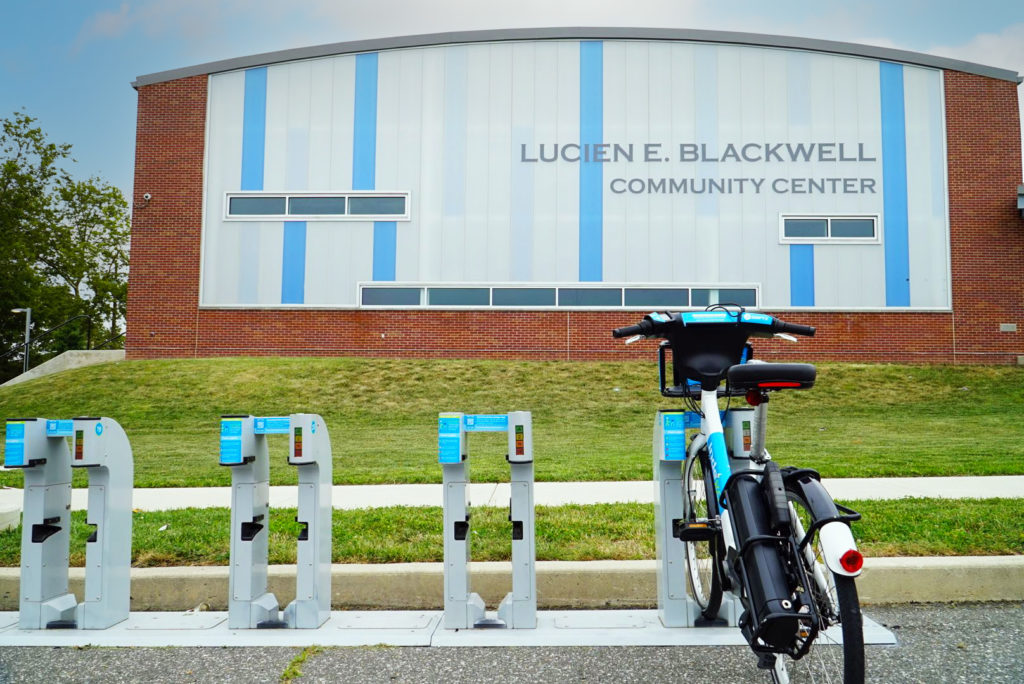
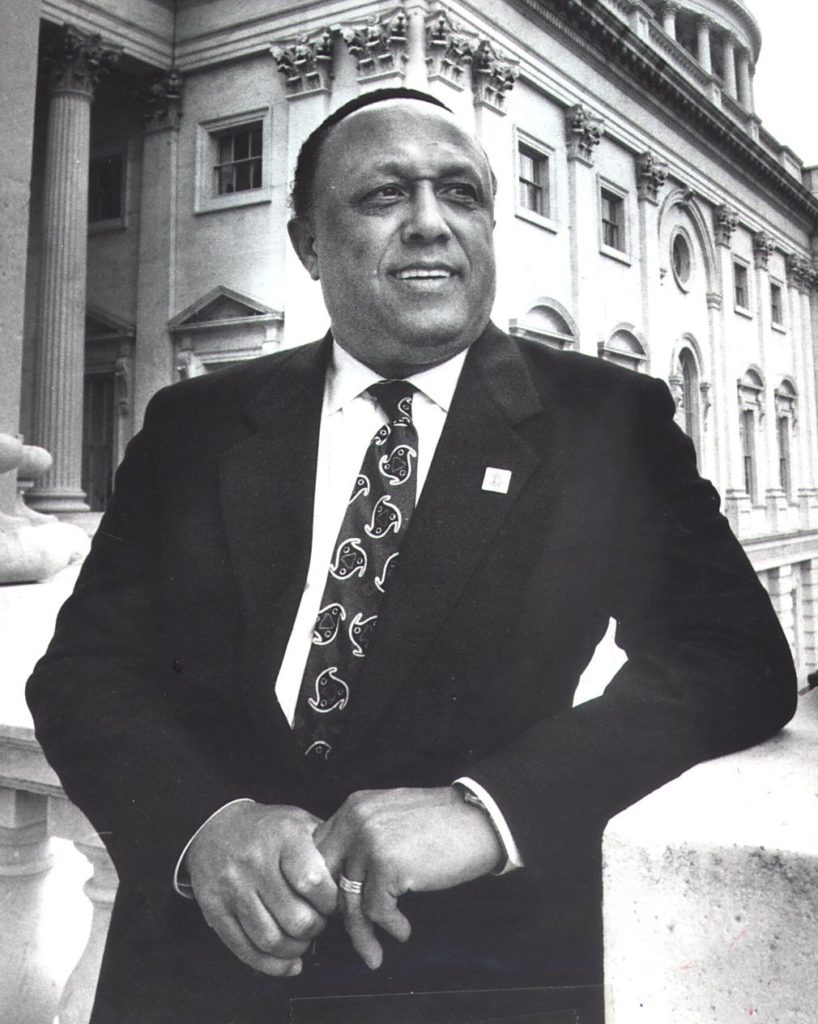
This Indego station sits in front of the Lucien E. Blackwell Community Center in the Mill Creek neighborhood in West Philly. The community center was completed in 2018 and features a regulation-size basketball/volleyball court, warming kitchen, community room, and outdoor patio. The building is named after the late Lucien E. Blackwell, who was a labor leader, state representative, city councilman, and U.S. congressman from Philadelphia.
As a Philadelphia city councilman, he brought young artists to paint murals throughout the city, initiated a $50 million program for the homeless which was the first in the nation, and passed landmark legislation forbidding discrimination based on gender. Blackwell famously pronounced that he would “not become a big shot” and he “hoped God will rip out my eyes and pull out my tongue and throw it to the four winds” if he ever failed to adhere to the people’s needs.
You can learn more about Lucien Blackwell in this post from Black Past.
2. Municipal Services Building
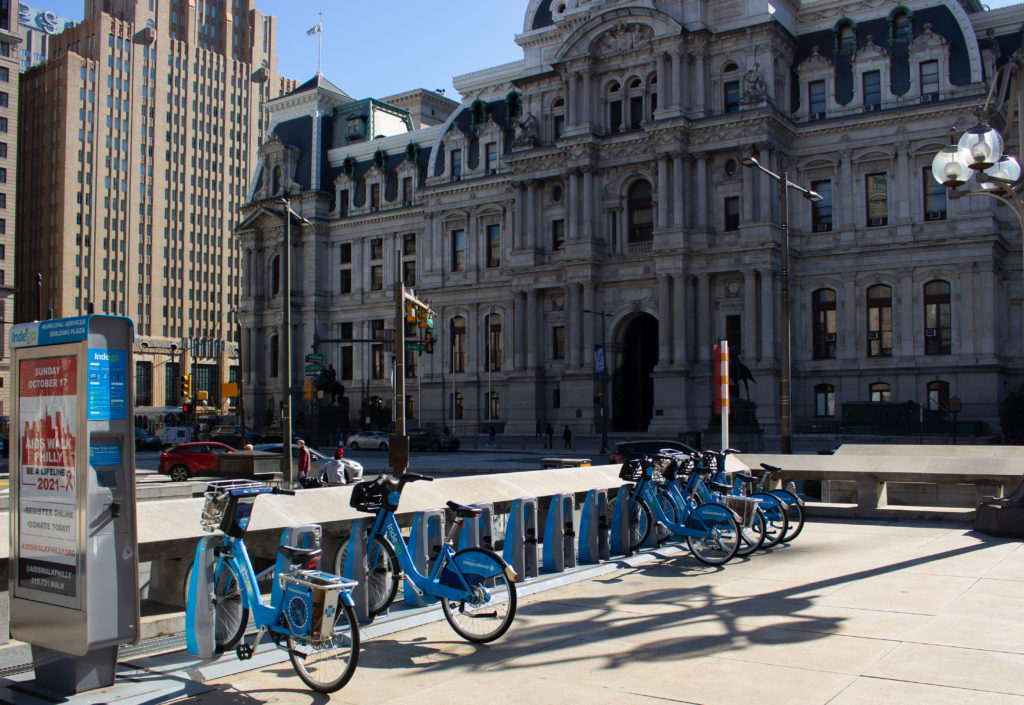
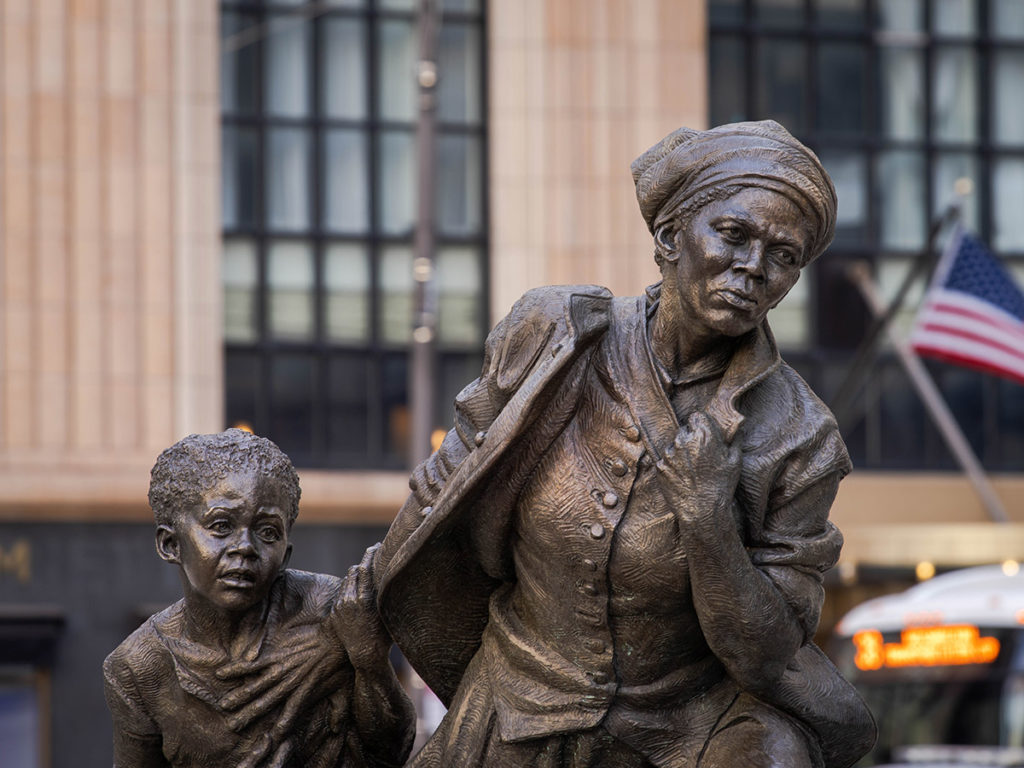
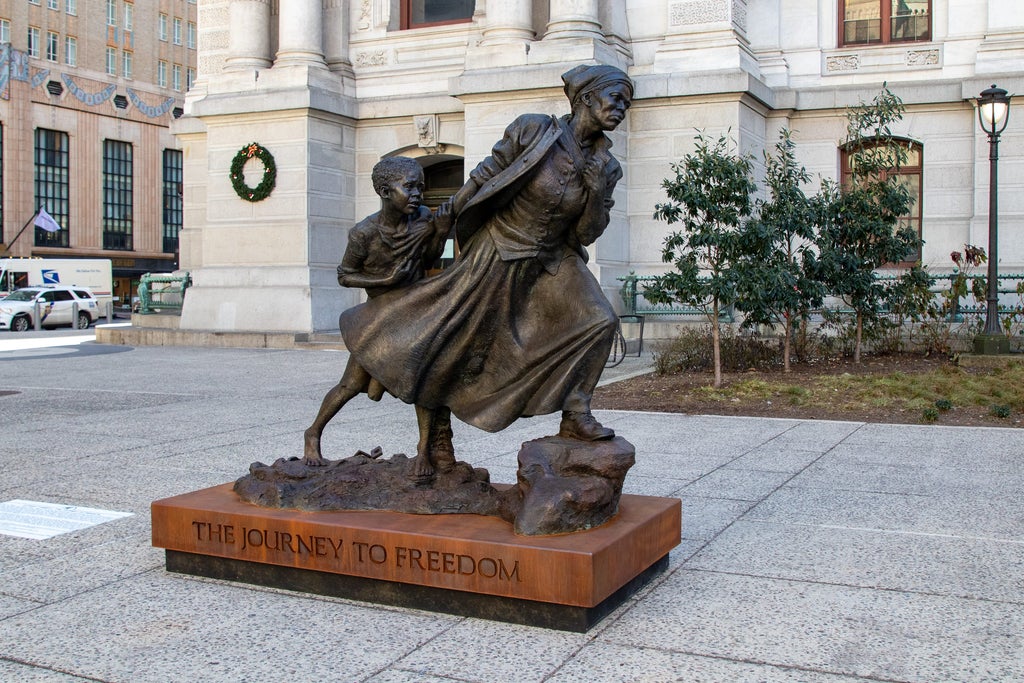
Next up we want to highlight our station at Municipal Services Building Plaza, which is near the temporary home of a new nine-foot statue of Harriet Tubman on the northeast corner of City Hall. “The Journey to Freedom” sculpture from artist Wesley Wofford pays honor to Tubman’s fight for freedom, depicting her leading an enslaved girl to freedom carrying a satchel, her skirt billowing in the wind.
Harriet Tubman was the best-known “conductor” on the Underground Railroad, a network of safe houses that helped thousands of enslaved black Americans make their way to freedom in the north in the 1800s. Tubman herself escaped slavery in 1849, then kept returning to the Underground Railroad, risking her life to help lead others to freedom. She worked as a spy for the Union Army during the Civil War, and after the war dedicated her life to helping formerly enslaved people try to escape poverty. The sculpture will reside there until the end of March when the city will celebrate the 200th anniversary of her birth.
Discover more about Harriet Tubman and ways to celebrate Black History Month at Visit Philly!
3. 52nd & Larchwood Ave. (Malcolm X Park)
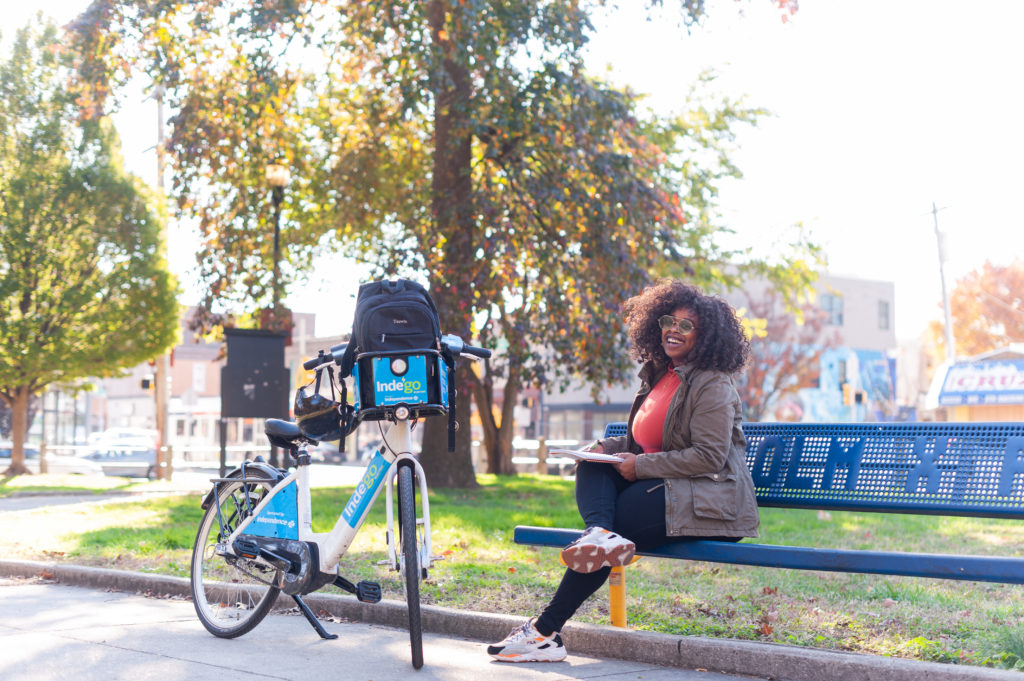
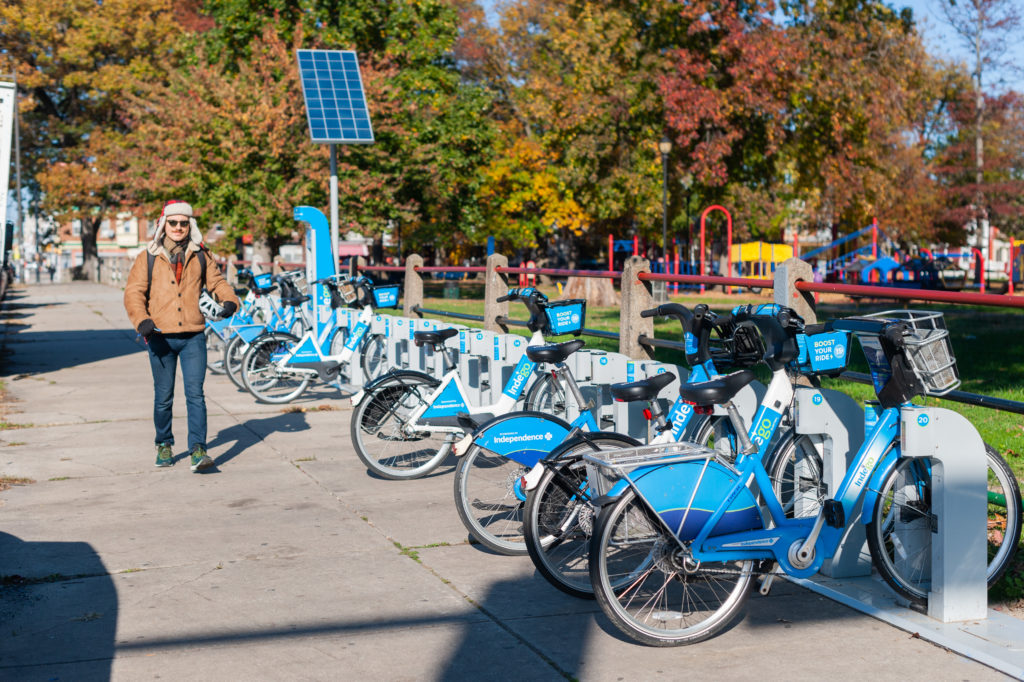
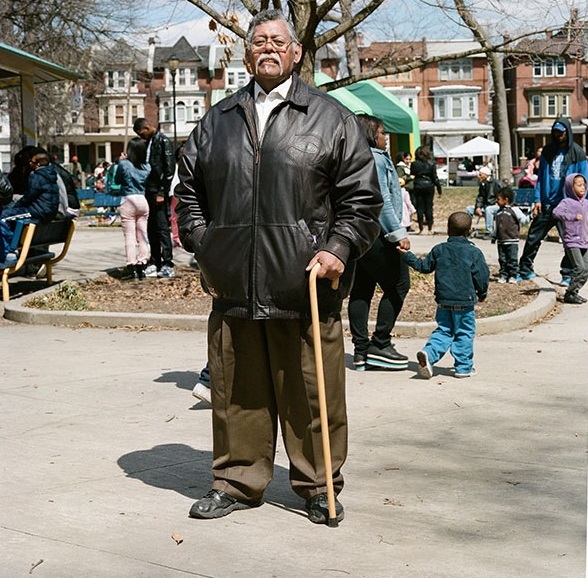
Malcolm X Memorial Park is a six-acre site in West Philadelphia, extending west from 51st Street to 52nd Street and north from Larchwood Avenue to Pine Street. Home to more than 100 towering oaks, two children’s play areas, and dozens of comfortable benches and tables for relaxing and meeting, Malcolm X Park is a hub of activity for this diverse West Philadelphia neighborhood.
This park was previously known as Black Oak Park and was changed to Malcolm X Park in 1993 after many residents organized trash cleanups and advocated for change. Various individuals, groups, businesses, and even legislators helped transform the park, one notable individual being Mr. Greg Cojulun. We spoke with Mr. Greg about the park and the work that went into transforming it into the cherished space it is today.
Can you tell me about the Black Oak Park clean-ups in the ’90s?
Before it became Malcolm X Park, it was called Black Oak Park. When I was growing up, we only had one tiny section of Black Oak Park to play in. The rest of the park was really let go – the grass was very tall and there was trash everywhere.
A lady who lived around the corner used to encourage people to clean the park. Once we started, a lot of people would look out the windows and see the clean-ups and want to get involved. Malcolm X park is actually one of the four parks that started the Friends Groups.
Who were some of the key players in helping to clean up and re-envision Malcolm X Park?
Rena Ennis was a dedicated block captain who was able to get funding for the park through the Pennsylvania Horticultural Society before her passing. Parks & Recreation was a big help. They helped us organize two big clean-up dates in the spring and fall and the children loved it. Also, councilwoman Jannie Blackwell helped us get signatures to change the name of the park.
Why did the community decide to name it after Malcolm X?
They wanted a black hero who everyone knew of. Malcolm X famously said, “by any means necessary” – which is fitting for all the work it took for us to transform the park. We worked with the city and the police to make it safe. We recognize an entire generation that got lost in the shuffle, especially from the crack epidemic in the ’80s and ’90s, who couldn’t enjoy the park.
What are some things about the park that you love?
I love to see the children play in the park, having a good time. I love to hear them say ‘mom can we play for 5 more minutes.’ I’m glad that not just me, but my group was able to do something to make this place safe.
Sounds like a lot of work!
Yes. At first, I wanted everything to be perfect, but I soon found out that nothing is perfect. If you want to do something, look for pitfalls, they’re inevitable – don’t be disappointed, just gotta get back up and keep trying.
Mr. Greg is now President of Malcolm X Park, a block captain of 40 years, on the board of the Police District Advisory Council and the Pennsylvania Horticultural Society, and is head of safety for Garden Court Community Association.
4. Race & Franklin
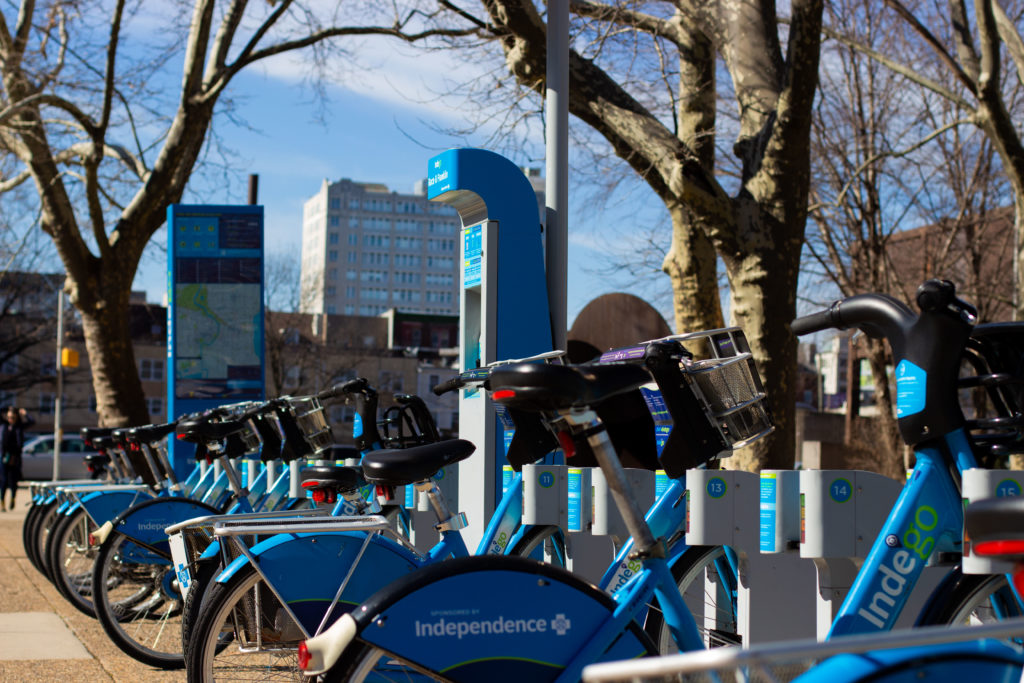
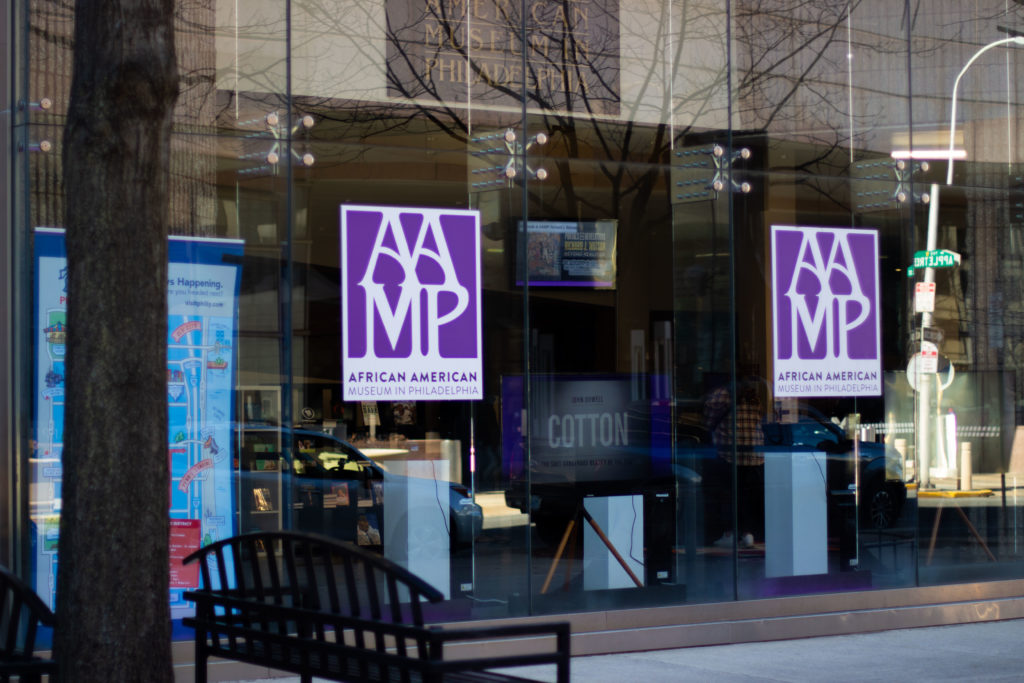

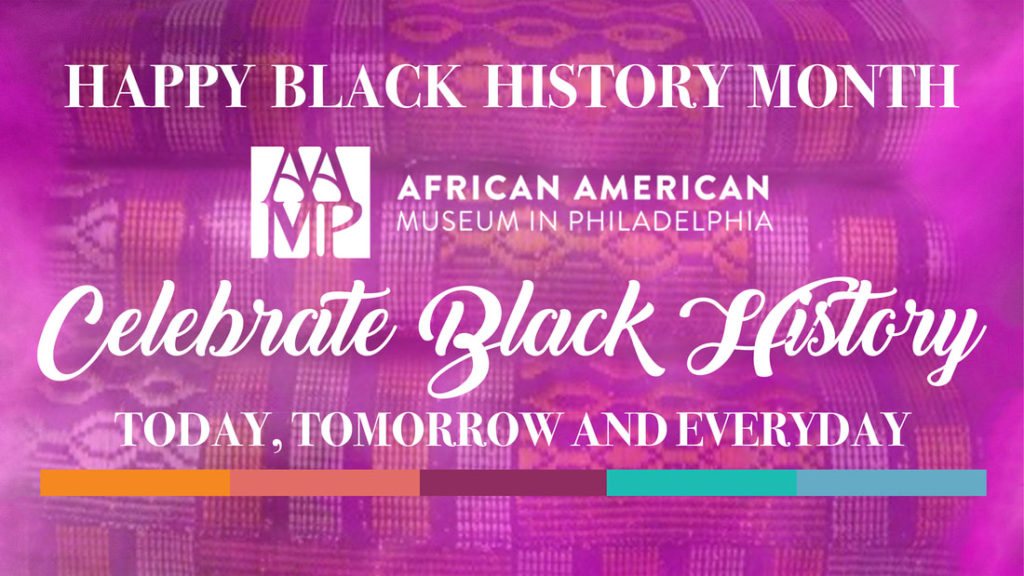
Last up we want to highlight Race & Franklin station, which is located on the Southwest corner of Franklin Square Park and is about one block away from the African American Museum in Philadelphia (AAMP.) The following is a description of the museum from their website:
Founded in 1976 in celebration of the nation’s Bicentennial, the African American Museum in Philadelphia is the first institution funded and built by a major municipality to preserve, interpret and exhibit the heritage of African Americans. Throughout its evolution, the museum has objectively interpreted and presented the achievements and aspirations of African Americans from pre-colonial times to the current day.
The museum is committed to telling the story of African Americans in all its permutations: family life, the Civil Rights movement, arts and entertainment, sports, medicine, architecture, politics, religion, law, and technology. The AAMP currently houses four galleries and an auditorium, each of which offers exhibitions anchored by one of our three dominant themes: the African Diaspora, the Philadelphia Story, and the Contemporary Narrative.
Learn more about AAMP’s Black History Month programming and plan your visit today!

Leave a Reply